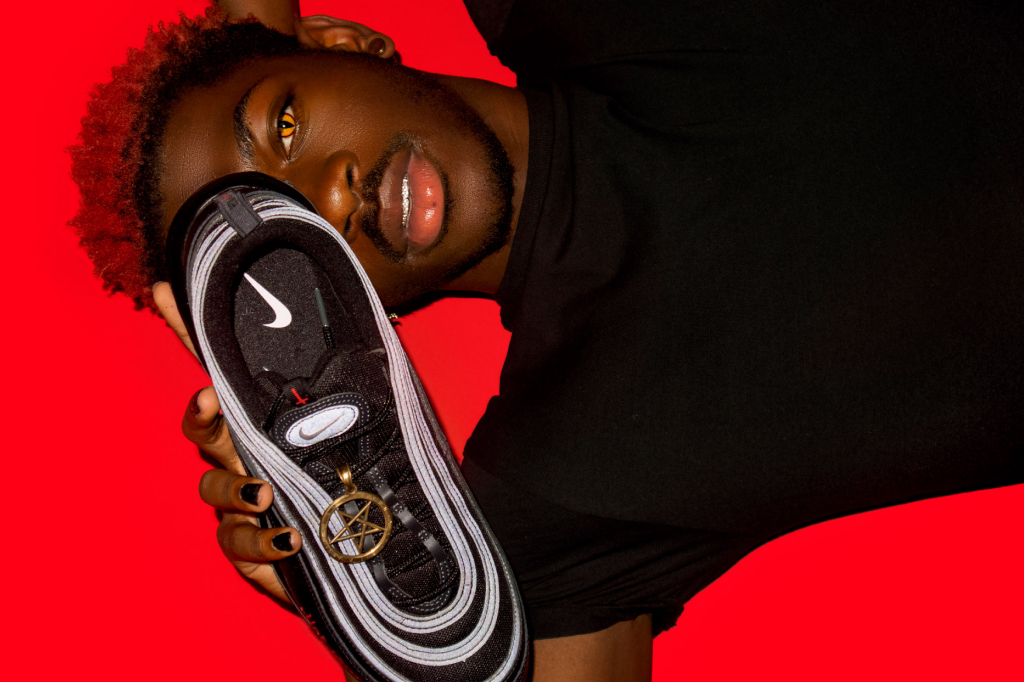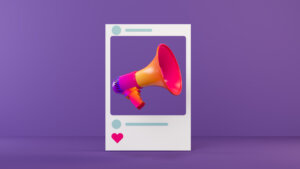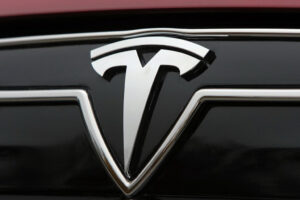On Saturday, March 27, 2021, social media went into a craze after Lil Nas X announced that he would be releasing ‘Satan Shoes.’ Satan Shoes are a series of customized Nike Air Max 97 shoes, created as a collaboration between musician Lil Nas X and MSCHF, a streetwear company.
The news came shortly after the release of his song ‘Montero (Call me by your name)’ on March 26.
The controversial kicks — apparently modified Nike Air Max 97s — are decorated with a pentagram pendant, and purported to contain one drop of human blood in the midsoles in addition to a reference to Luke 10:18, a Bible verse about Satan’s fall from heaven.
Only 666 pairs, costing $1,018 each, were made, all of which were sold out within minutes of going on sale.
People initially thought Nike was a part of this. However, Nike strongly refuted such claims by filing a federal trademark infringement lawsuit against the company that released the controversial kicks.

Lil Nas X holding the controversial Nike Satan Shoe
The statement read:
We do not have a relationship with Little Nas X or MSCHF. Nike did not design or release these shoes and we do not endorse them.
Nike’s mission to stop the rollout of MSCHF’s Lil Nas X-inspired “Satan” Air Max 97s was successful, and MSCHF was forced to buy back all the pairs for the original retail price of $1,018.
The judge’s ruling came as a result of Nike’s lawsuit (which was termed as “a somewhat hypocritical approach to copyright,” in a statement released by American postal service company, USPS).
But as a business owner, you should be asking yourself this question 👇
“What can I learn from Nike vs Lil Nas X’s Satan Shoe Saga?”
Theft is a major concern for all businesses, as losing a property can directly translate to a loss of profit.
Subscribe for updates
But for online businesses, the greatest worry is never theft of material goods, but that of intellectual property (or IP).
This applies to all forms and sizes of businesses.
Businesses depend on their logos, trademarks, designs, and other property of the intellect to connect with their audience.
Your competitive advantage comes from and is built around your ideas, and if these ideas are not properly protected, they can be stolen, thereby potentially resulting in a huge financial loss.
In 2017, the Commission on the Theft of American Intellectual Property (or IP Commission) estimated that the cost of intellectual property theft to the US economy alone could be as high as $600 billion annually [PDF | 352KB], and small businesses are at the greatest risk.
So what can you do to safeguard your brand from issues like the above?
1. Trademark your brand
A trademark officially confirms ownership of your brand name.
Although technically, “trademark” is used for products and “service mark” is used for services, the term “trademark” is commonly used in both cases.
Owning a trademark can give you the legal right under federal and state law to prevent others from using your trademark to promote their services.
Read Also: Brand Trademark FAQs
2. Be unique. Stand out
Avoid any likelihood of confusion.
According to the United States Patent and Trademark Office (or USPTO), there is a “likelihood of confusion” if they determine that the applicant’s marks are similar in appearance, sound, meaning or pronunciation to another, or the goods or services provided by two companies are similar enough for consumers to mistakenly believe they’re from the same company.
In order to avoid the likelihood of confusion towards getting your IP certified, you must ensure the uniqueness of your IP so that it is not similar to yours. You can do this by performing a trademark search in the USPTO trademark database.
3. Include an intellectual property clause in your terms & conditions
From a legal viewpoint, it’s important to protect yourself and your intellectual property by putting it into writing.
The best way to achieve this is through a comprehensive terms and conditions (T&C) agreement posted in a prominent location on your website or mobile app.
A terms and conditions contract agreement is aimed at protecting your brand It gives you the opportunity to set your rules (within applicable law) of how your service or product may be used including, but not limited to, things like copyright conditions, age limits, and the governing law of the contract.
It is a fundamental policy for your brand, and one that will give you the legal backing to deal with abuses and unruly users.
4. Stay vigilant
It is extremely important to stay vigilant and monitor your adversaries for potential thievery. Though, constant monitoring of other sites and businesses is an arduous and time-consuming task. In Branditechture, we use a software called G2 Assistant to aid our battle against IP theft.
This software crawls (or hunts) the internet in search of your brand name mentions and reports back with any infringements.
It frees you up to focus on other business-related tasks.
Legal implications aside, if the theft of your intellectual property goes unnoticed, it can have a negative effect on your brand’s equity—and ultimately, your market share. It could take years to recover completely from those losses, if ever.







